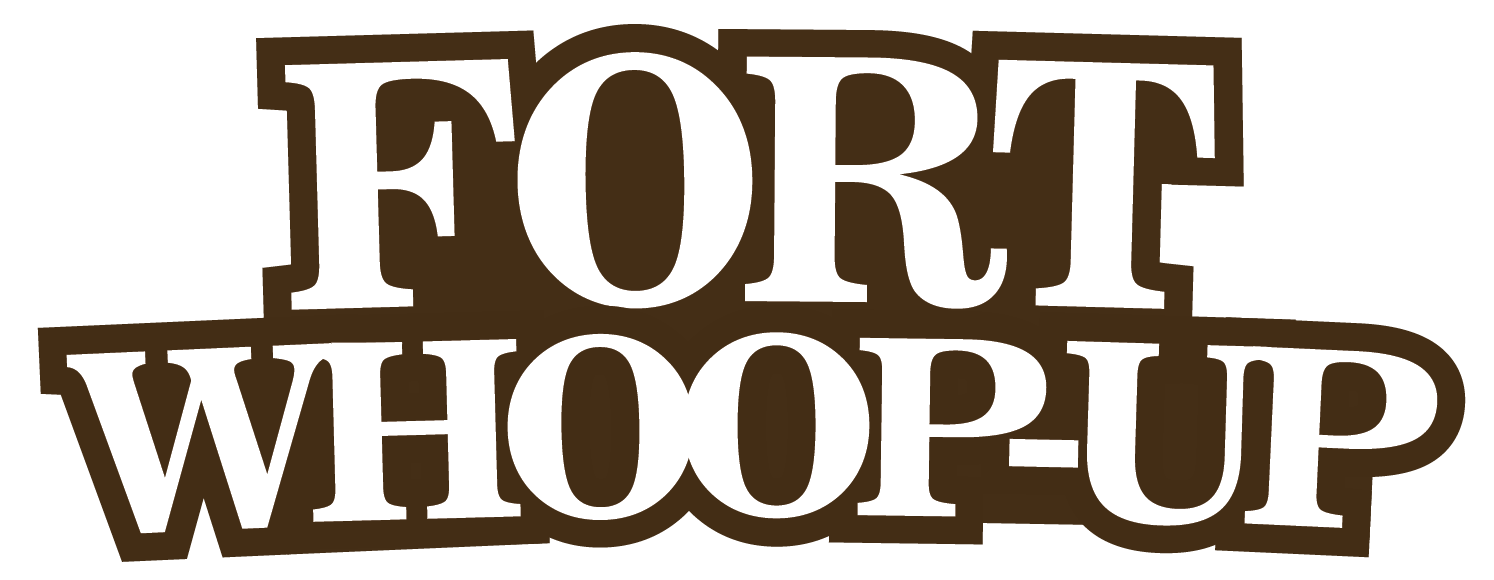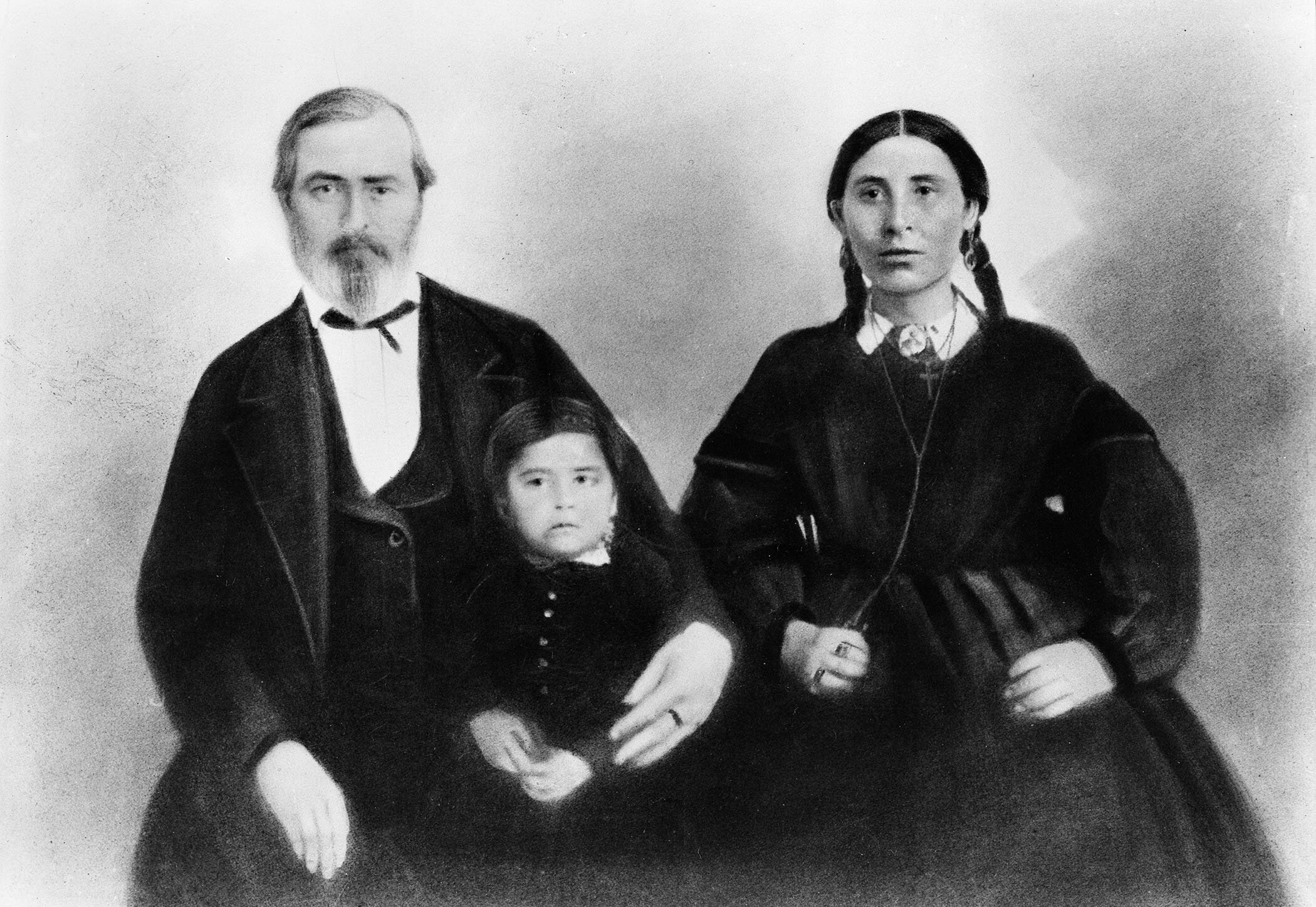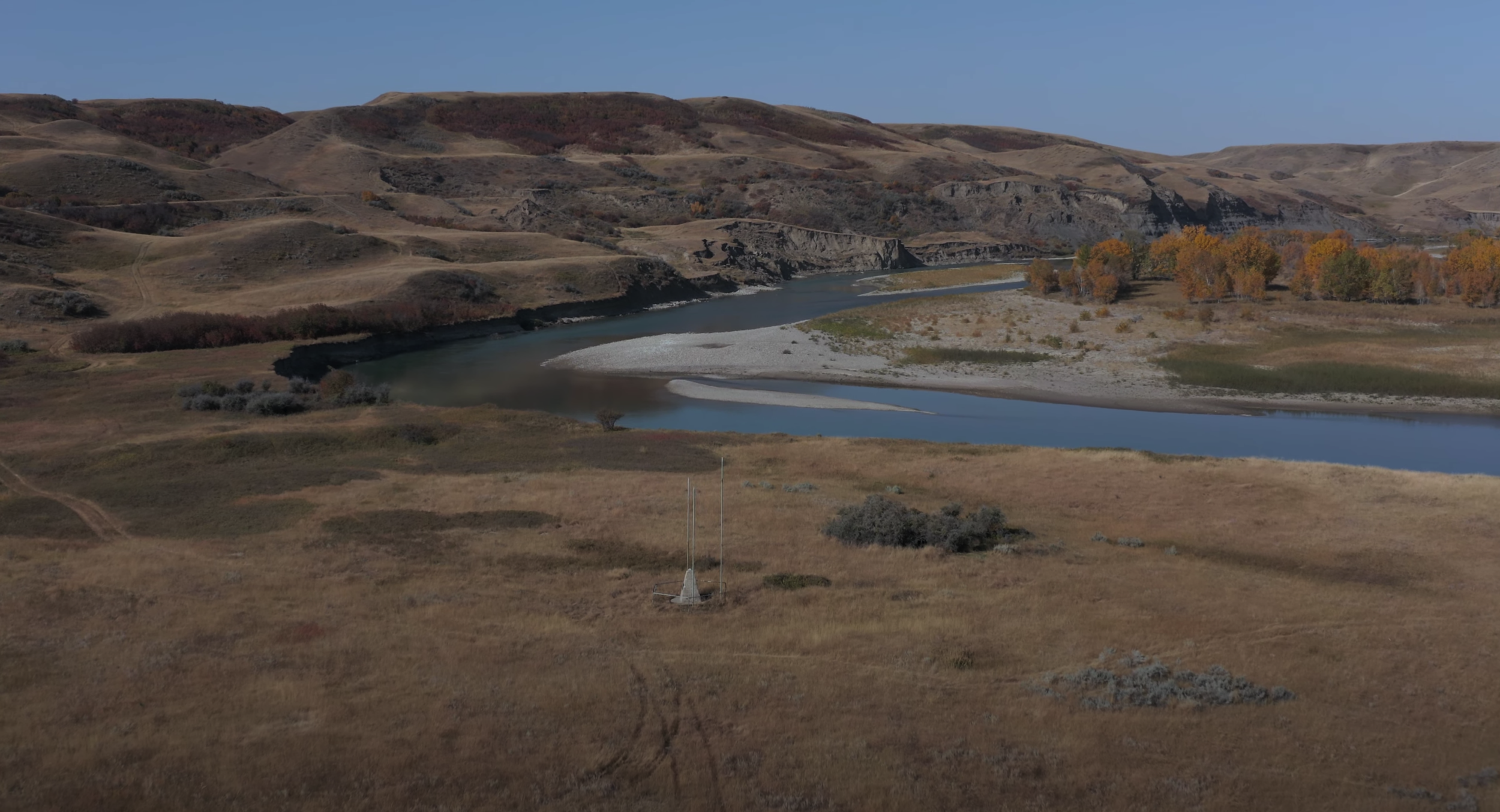Kítao’ahsinnooni (Blackfoot Territory)
Rebecca Many Grey Horses presents an overview of Indigenous history in southern Alberta.
Rebecca Many Grey Horses presents an overview of Indigenous history in southern Alberta. Rebecca has facilitated Indigenous history classes here at the Galt for the past two years, bringing in local experts, knowledge keepers and Elders to educate large groups of learners.
The video features many archival images. You can find more information about the photos on our database website at https://collections.galtmuseum.com.
The hand-drawn map of traditional Blackfoot territory can be purchased for $10 by contacting Mary Weasel Fat, Librarian and Elders Coordinator at 403.737.4351.
The Galt is grateful to the subject-matter experts delivering online content. As local professionals and knowledge experts, these presenters add valuable contributions to the local discourse; however, their ideas are their own. The people featured in the videos and those behind the scenes followed best practices to protect their health and safety.
Sacred Niitsitapi Sites
Southern Alberta is traditional Niitsitapi, or Blackfoot, territory. Rebecca Many Grey Horses discusses the importance of several sites including Chief Mountain, Crowsnest peak, Devil's Thumb, the Sweetgrass Hills, Writing on Stone, Head-Smashed-In Buffalo Jump, as well as the significance of medicine wheels and tepee rings.
Southern Alberta is traditional Niitsitapi, or Blackfoot, territory. Rebecca Many Grey Horses discusses the importance of several sites including Chief Mountain, Crowsnest peak, Devil's Thumb, the Sweetgrass Hills, Writing on Stone, Head-Smashed-In Buffalo Jump, as well as the significance of medicine wheels and tepee rings.
The Galt is grateful to the subject-matter experts delivering online content. As local professionals and knowledge experts, these presenters add valuable contributions to the local discourse; however, their ideas are their own. The people featured in the videos and those behind the scenes followed best practices to protect their health and safety.
Finding Fort Whoop-Up
Much more of the story of Fort Whoop-Up has been lost to time, people and natural events.
Drone footage of the cairn and empty flag poles at the original site of Fort Whoop-Up.
In the fall of 2012, the exhibit at the Galt Museum & Archives Uncovering Secrets: Archaeology in Southern Alberta highlighted 15 sites and features, telling human stories found under the soils and across the landscape of the area, including the original Fort Whoop-Up.
By the late 1800s, buffalo hides used for warm coats and strong industrial belts became the major item of trade on the western plains. Between 1869 and 1874, there was no official Canadian presence preventing American traders from building Fort Hamilton and then, after Fort Hamilton burned down, from building Fort Whoop-Up nearby. There was no official presence preventing them from trading whiskey, guns, knives, blankets, beads, and food items with the Niitsitapi, or Blackfoot, in exchange for valuable bison robes.
With the arrival of the North West Mounted Police (NWMP) in 1874, most of the whiskey traders quit the business. From 1876 until 1888, when a fire destroyed much of the fort, the NWMP rented space to use as an outpost.
The site of the fort was surveyed and excavated by different archaeology teams in the 1970s, the 1980s and the 1990s.
The first team found the remains of a corner bastion, some segments of the original walls, as well as a stone-lined well.
The second team found a stable, a storeroom, and living quarters. They recovered some food-related artifacts and a variety of medicinal bottles used for personal alcohol consumption.
An archaeology team from the University of Lethbridge verified the dimensions of the fort and found charred soil, which confirmed that the 1888 fire had occurred in the NWMP quarters. The team excavated the trade room, uncovering buttons, ammunition, brass beads, and tacks. They also excavated trenches to determine the outline of the palisade surrounding the fort’s compound.
Much of the story of Fort Whoop-Up has been lost. Time literally eats away at items made of leather, wood, and other organic materials. Floods and loooting at the site has removed much of the material evidence of the fort.
Some artifacts related to Fort Whoop-up and other archeological sites are included in the collections at the Galt Museum & Archives at collections.galtmuseum.com.











Rebecca Many Grey Horses presents an overview of Indigenous history in southern Alberta.